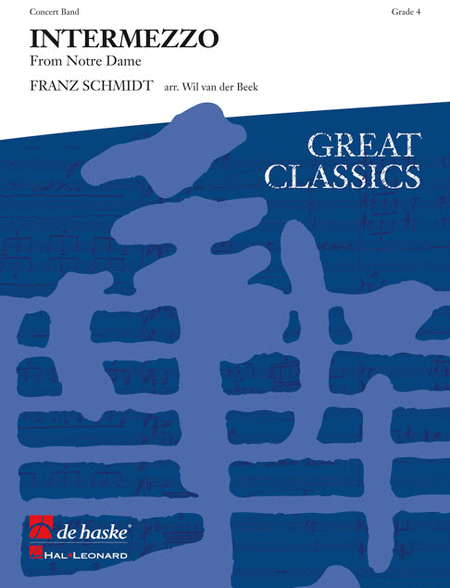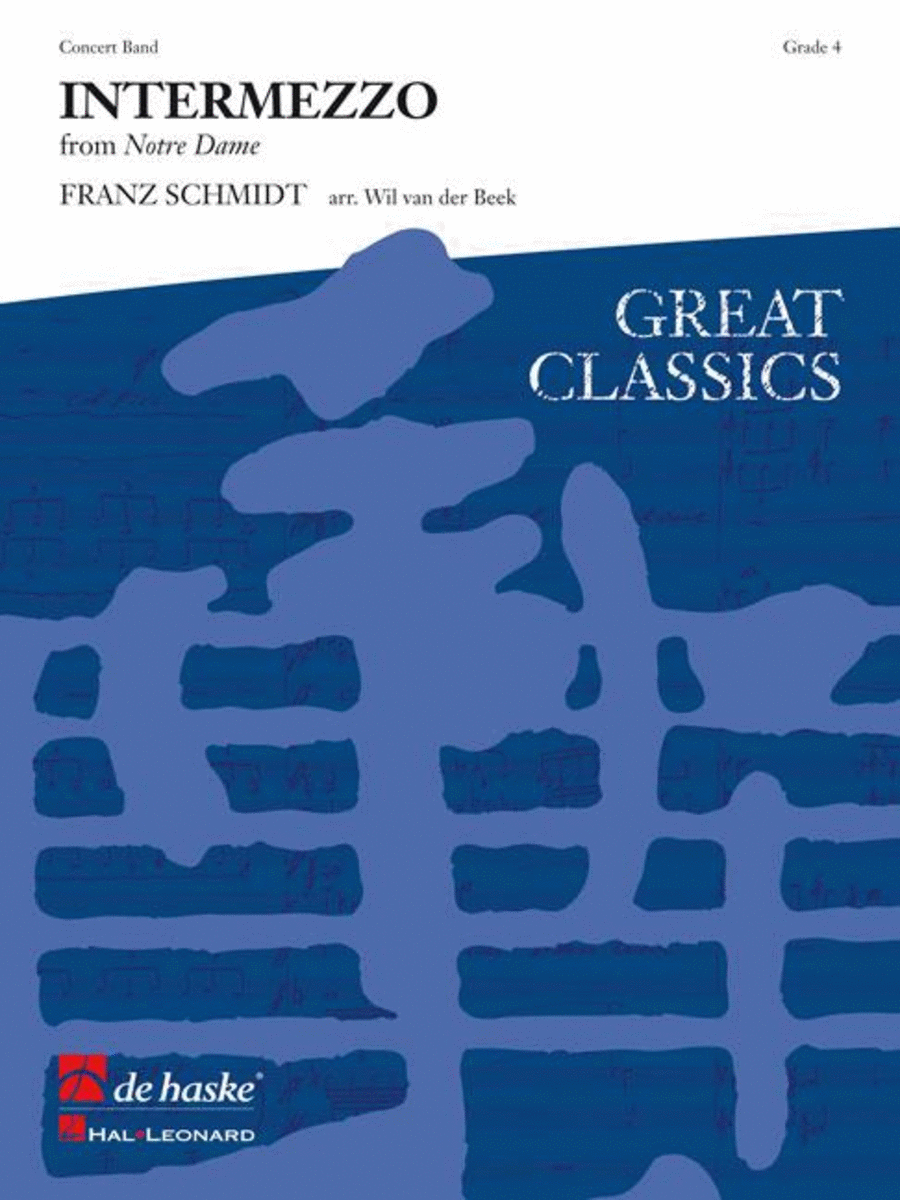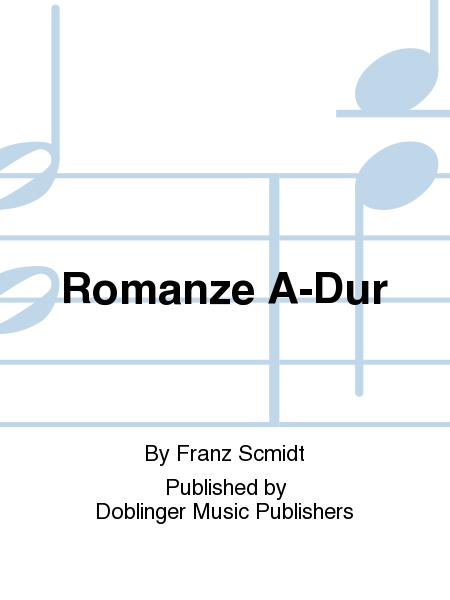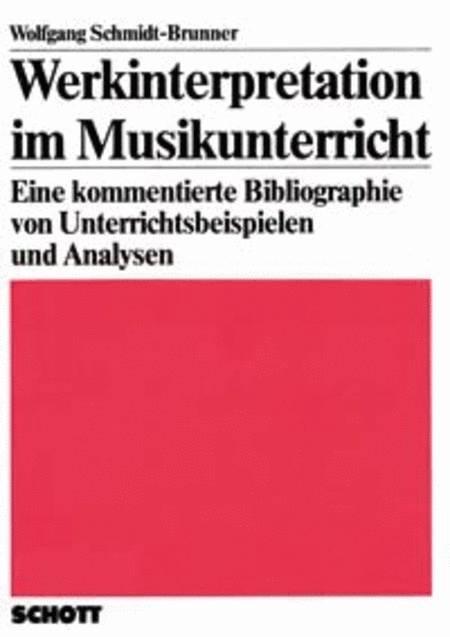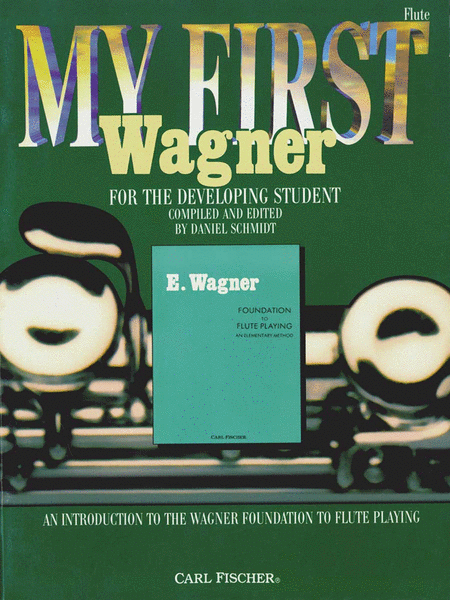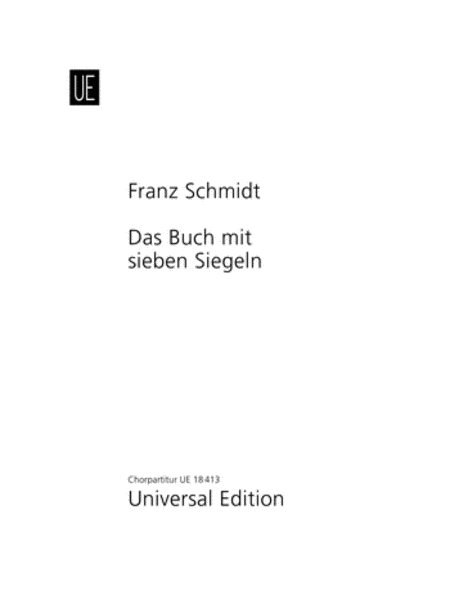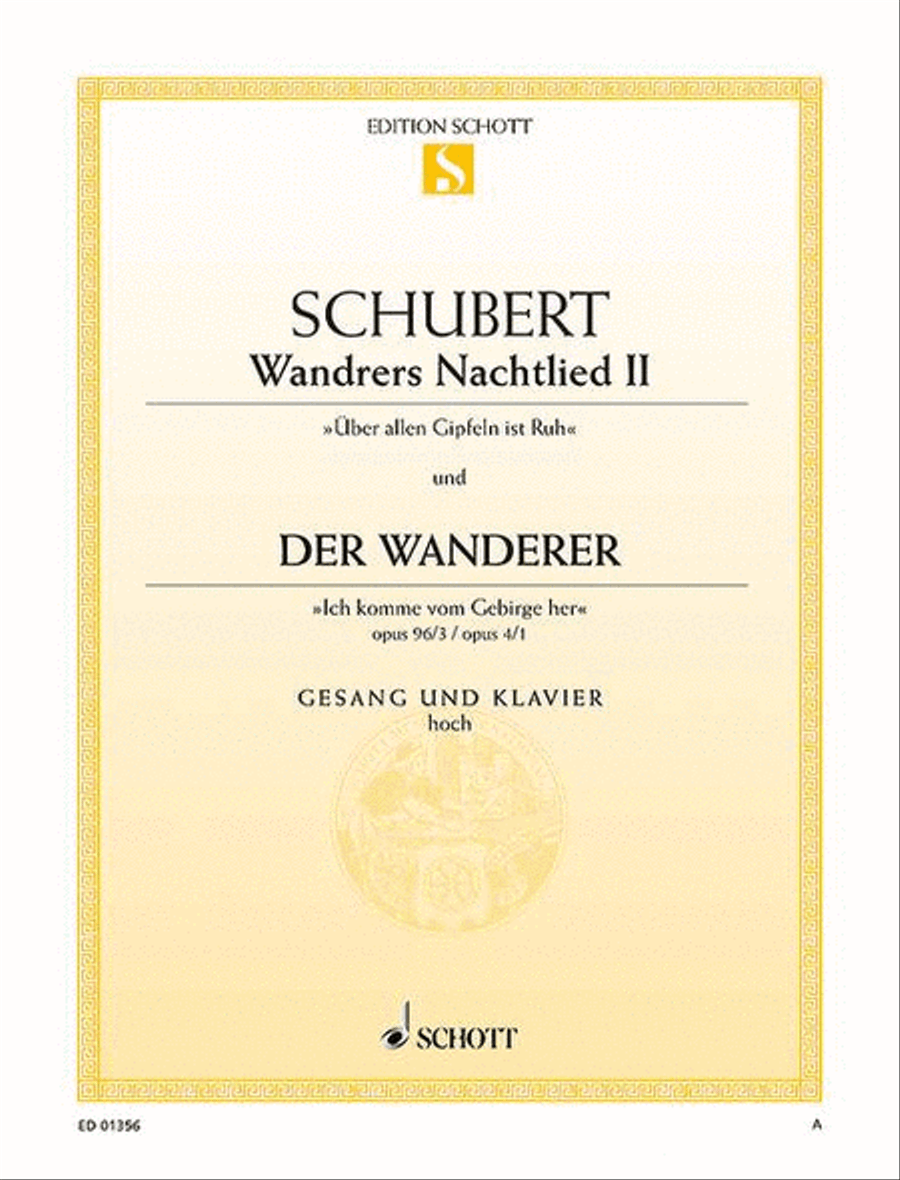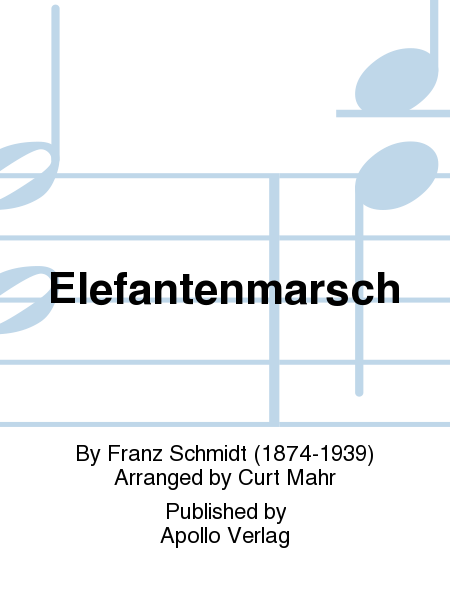Franz Schmidt (1874 - 1939)
 Autriche
Autriche
Franz Schmidt (22 December 1874 – 11 February 1939) was an Austrian composer, cellist and pianist. Schmidt was born in Pozsony (known in German as Pressburg), in the Hungarian part of the Austro-Hungarian Empire (the city is now Bratislava, capital ... (Read all)
Source : Wikipedia
 Autriche
AutricheFranz Schmidt (22 December 1874 – 11 February 1939) was an Austrian composer, cellist and pianist. Schmidt was born in Pozsony (known in German as Pressburg), in the Hungarian part of the Austro-Hungarian Empire (the city is now Bratislava, capital ... (Read all)
Source : Wikipedia
Free sheet music of Franz Schmidt - Bar
1 sheets found sorted by:
Search
| ||||||||||||||||||||||||||||||||||||||||



